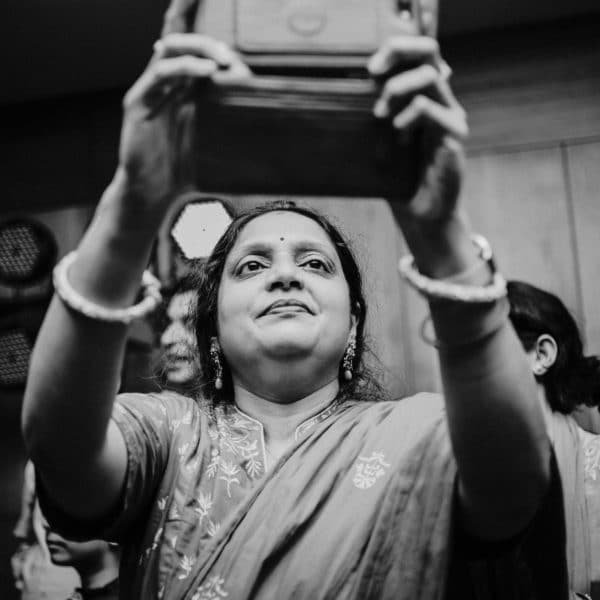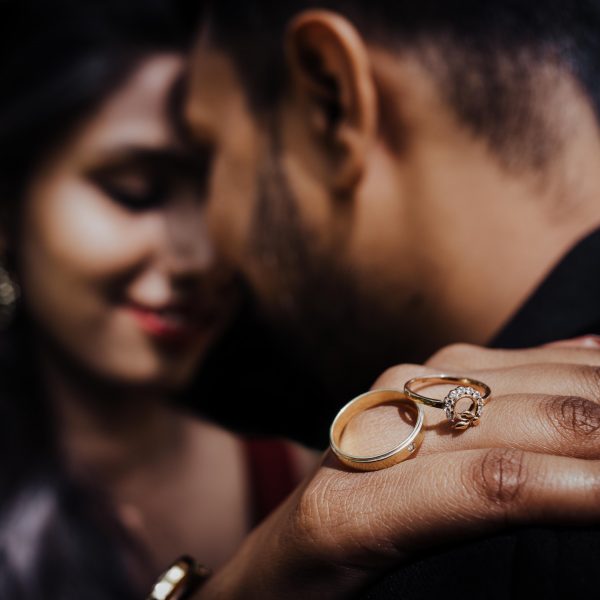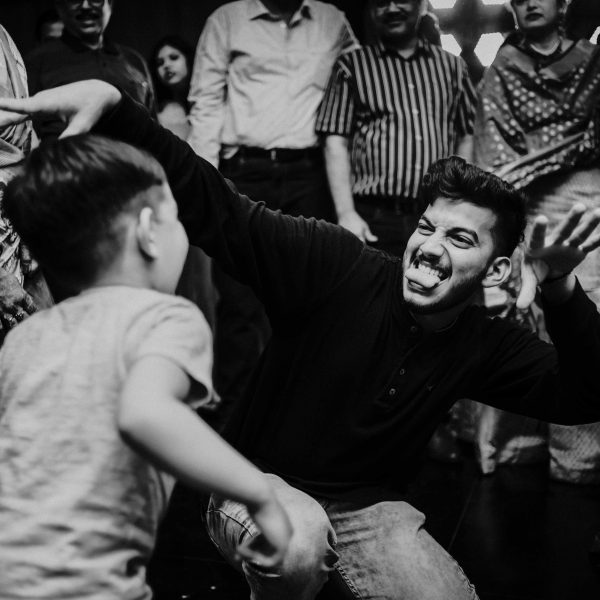Weddings are always special affairs and they get even better in India since it is a land of multiple regions and cultures. Each of them follow a religion, which has its very own set of rituals and rites for marriage and other occasions. And this diversity is exactly what makes India an amazing blend of colors and traditions.Weddings of each community and region vary from one another; however, what stays common is the admiration for traditions, as well as their spiritual importance. Bengali weddings are also an elaborate unification of rituals that are a wonderful visual treat rich in merriment and colors. Here I bring some basic traditions and rituals, which are an inseparable part of any Bengali wedding.
Get to Know about the Background First:
Bengal, as a state, has been popular for art, literature, and its rich culture. Bengali wedding rituals are a grand affair and the people give their best for making it an unforgettable one. The distinct style of a Bengali wedding is known to anybody and this is the reason why people are interested to know about the beautiful customs, which make a conventional Bengali wedding. The majority of the Bengali wedding ceremonies start with Aiburobhaat and end with Oshtomongola. All the rites have their own meaning and importance and they are meant for a blessed and happy beginning for the newly married couples. To know more about Bengali wedding culture and rituals, read the blog.
Pre-Wedding Rituals:
-
Pati-Potro or Paka Kotha:
This specific ritual generally refers to a very casual meeting between the seniors of the groom’s and bride’s families to agree on the various sides of the marriage. Ghotis use the term Paka Dekha whilst Pati Potro takes place amongst the Bengals.
-
Aiburobhaat:
This is a kind of bridal shower that happens in the afternoon before the day of the wedding. Relatives and close friends generally gather at the bride’s place and present her gifts. And the bride is then treated to a grand feast with plain rice, basanti pulao, several vegetable preparations, fish, and sweets. This is her last meal as a bachelor. This ritual is even observed at the groom’s house.
-
Dodhi Mangal:
In this ritual, both the bride and groom are being fed right before the sun rises. Hence, they have to get up around 3 am to start the rite. They are generally fed with a mixture, which made up of sweet curd, banana, rice flakes, and Sandesh. This is the last meal of the day because they need to fast until their wedding rituals are over.
-
Sankha Porano:
When it comes to the Bengali wedding, the bride needs to wear sankha that is nothing but bangles made up of Conch Shells. This is a traditional Bengali symbol of marital bliss. Apart from sankha, the bride also wears pola which is also bangle made up of red corals during the dodhi mangal ritual.
-
Jol Sowa or Ganga Nimantran:
On the evening before the wedding day or on the morning of the day of the wedding, mothers of both the bride and groom are accompanied by married women of the family and neighbor to the water body for filling a brass pitcher. This water is used for bathing of the bride and groom right after the Gaaye Holud.
-
Bridhhi Pujo:
The father or any other male family member of both bride and groom generally performs this very ritual. Sanskrit hymns are being chanted during the puja and offerings are made to the seven generations of paternal forefathers to pacify their souls and also seek their good wishes and blessings.
-
Tatwa and Gaaye Holud:
A turmeric paste made by grinding turmeric along with mustard oil is being applied on the body of the groom by his mother, as well as other married women. Then, he is bathed using the water got in the morning. And the remaining turmeric or holud is put in a bowl, preferably silver one and sent to the place of the bride along with tatwa. A whole rohu fish, sweets, dry fruits, sarees, cosmetics, etc. are sent in a Tatwa. The Gaaye holud ceremony is performed at the bride’s house in a similar manner to the groom.
Wedding Rituals and Customs:
-
Bor Jatri and Bor Boron:
After receiving the blessings of his mother, the groom leaves his house in a well-decorated car sent by the family of the bride toward the wedding venue and he is accompanied by his family members, friends. These people who accompany the Bor or groom are Bor Jatri. Once they reach the venue of the wedding, the Bor and the Bor Jatri are being received with enthusiasm amid blowing of sonkho and ululations. The bride’s mother welcomes the groom with a Baran Dala. It is a huge tray made from cane containing ingredients such as rice, betel nuts, turmeric, sweets, a bunch of bananas, and of course, a lighted diya or Pradip. She touches the tray to the forehead, shoulders, and chest of the groom three times. Then she feeds him with sweet, mainly Rosogolla and water and welcomes him.
-
Aashirbaad:
The elder family members of the bride bless the groom and present him costly gifts like gold or diamond jewelry, watches, and cash. The same process is done by the elders of the groom where they bless the bride and present her gold and diamond jewelry as well.
-
Saat Paak Ghora and Subho Drishti:
After Aashirbaad is done, the Bor is then brought into the Chhandnatola or wedding mandap and puja is done along with the individual who would perform Kanya Sampradan. Then, the groom is asked to change his jor. When he is back to chhadnatola, the bride comes there seated in a piri or a wooden platform and it is carried mainly by her brothers. All the while the bride hides her face using two betel leaves and she needs to circumambulate around the Bor seven times. This ritual is Saat Paak. It is one of the most interesting parts of the entire wedding. Then, the bride and groom are being positioned in front of each other. Now is the time to remove the betel leaves. Both the bride and groom have to see each other amid the sound of sonkho, ululations, and hooting. This is Subho Drishti and this is the most romantic one as well.
-
Mala Badal:
After Subho Drishti, the couple exchanges their mala or garland. A fun part is being added while the relatives of the couple hoist them up and make it tough to reach.
-
Kanya Sampradan:
After mala badal is done, the bride is brought into the mandap where she is seated on a piri opposite to the Bor and the bride’s father or uncle join their hands and their hands are tied with the sacred thread. The priest continuously chants the mantras. Thus, the bride is given away officially to the groom. From that moment, the goutra of the bride gets changed.
-
Hom:
In front of the holy fire, the couple sits beside each other while the priest chants mantras that they repeat after dutifully. They make offerings periodically to the fire when the verses end.
-
Saptapadi:
After that, the priest generally ties a tight knot between the groom’s shawl and the bride’s saree. The couple needs to go around the sacred fire seven times and they have to utter the seven vows or promises.
-
Kusumdinge/Lajanjali:
The brother of the bride gives puffed rice into his sister’s hands and the groom joins the hands of the bride from behind and they make the offering together in the fire.
-
Sidoor Daan:
Now the groom puts Sidoor on the parting of the bride’s hair. Then he covers the bride’s head using a new saree. This is known as Lajjabastra. From that day, the groom takes care of the sanctity of the bride.
Post-Wedding Rituals and Customs:
-
Basar Ghar:
Once the wedding is over, the couple is seated together with the family members of the bride and a load of laughter and teasing follows.
-
Bashi Biye:
In some Bengali community, the Sidoor Daan takes place on the morning after the wedding day. This is called Bashi Biye.
-
Bidaai:
This denotes the departure of the bride from her place. The bride needs to throw a handful of rice into the outstretched hands of her mother.
-
Bodhu Baran:
After leaving her home, the bride is now welcomed in her in-law’s house. A vessel containing alta or lac dye and milk placed at the door. The bride has to put her feet into the vessel and her feet’ imprints are placed on a piece of white fabric. Moreover, she holds a live fish. She looks at boiling milk for the affluence of the house. Then she is blessed by the elder members of the family with jewelry and cash.
-
Kaal Ratri:
The bride and groom are not allowed to see each other the day she comes into the house of her husband. They stay in separate rooms. This is known as Kaal Ratri.
-
Bou Bhaat:
The bride is officially entered into the new family the next day morning during the Bou Bhatt. The husband offers his wife with sweets and clothes on a platter and promises that he will take good care of her forever. The bride then offers the family members ghee and rice during lunch.
-
Reception:
The family of the groom invites their relatives, friends, neighbors for a reception wherein they meet the new bride.
-
Phul Sojja:
The bedroom of the couple is decorated beautifully with colorful flowers. This is the time when the couple spends their very first night together.
-
Astamangala/Diragaman:
After the seventh day of the wedding, both the bride and groom visit the bride’s house. The thread knotted during the wedding ceremony is removed that day.
Bengali marriages are very impressive. So, if you have a Bengali friend, do attend his/her wedding and enjoy the fullest.










